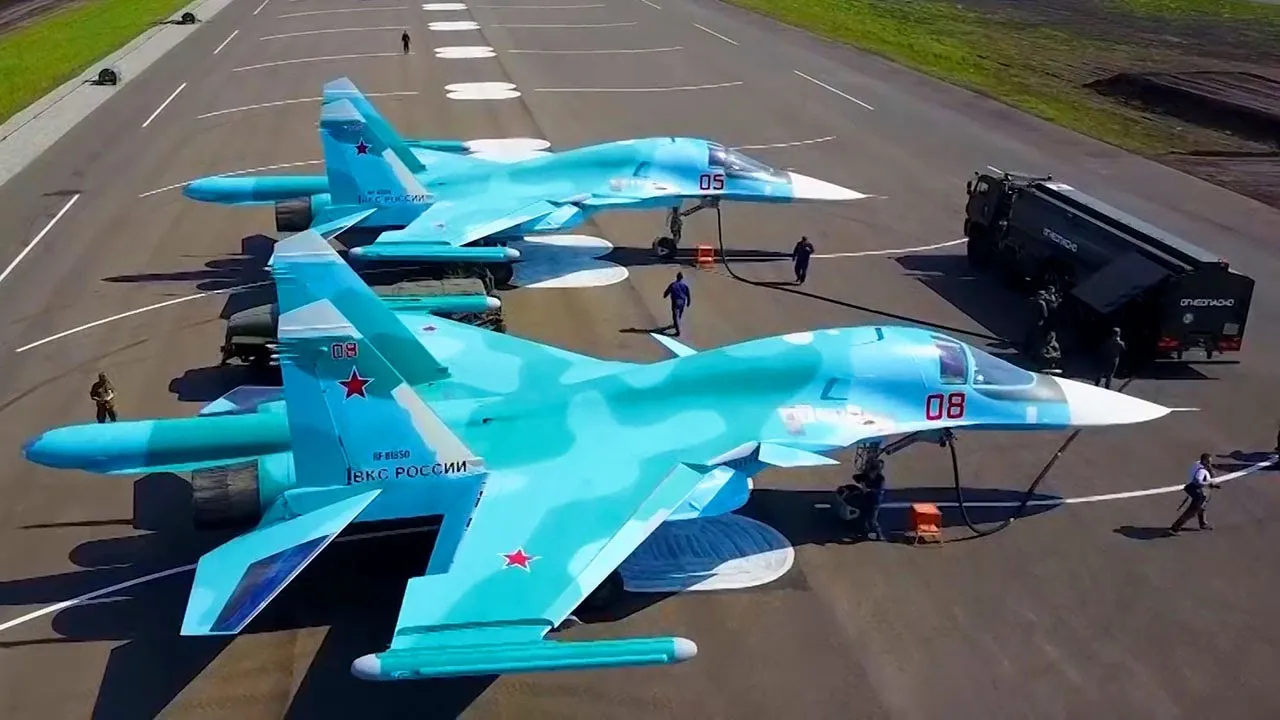VIVAERO
Russia is massively using imported electronics in its Su-type fighters (military aircraft produced by Russia's Sukhoi), used to attack Ukraine, despite Western sanctions, revealed an investigation into the “Scheme” project published by Radio Liberty, which is based on data obtained by Ukrainian intelligence.
It is noted that journalists analyzed a list of more than 2,000 foreign parts that are on Russian fighter jets, including the latest generation Su-27SM3, Su-30SM, Su-34, Su-35S and Su-57.
It turned out that in Russian combat aircraft, production parts manufactured outside of Russia are widely used, in particular, from American manufacturers Texas Instruments, Analog Devices and the Japanese company Murata.
“These electronic components are the basis of navigation and guidance systems for missiles and bombs, means of radio-electronic warfare and communication between aircraft and control points,” says the material. Guided missiles, including the devastating Kh-59 and Kh-69 cruise missiles, as well as the KAB-500, KAB-1500 air-dropped bombs, are launched from Su aircraft against Ukraine. Recent attacks with these weapons have caused civilian casualties and damage in Ukrainian cities such as Dnipro, Odesa, Kupiansk and near the Trypilska thermal power station.
The components allowed Russian fighter jets to detect targets more than 300 kilometers away, automatically track multiple targets, and greatly improve Russian pilots' situational awareness.
Journalists also specified that Western electronics reach Russia through intermediaries, in particular thanks to companies from Hungary, Cyprus, Turkey and China. Some of these companies are under sanctions from the United States and other countries.
Russian suppliers also participate in this illicit supply chain. Linked to Russia's military-industrial complex, some have not yet faced sanctions.
A newly created Russian importer called “Eksiton” has been identified as a key link linked to Russia's military industrial complex through its ownership structure and affiliations.
“Russia is adapting to sanctions. By sanctioning a company useful to Russia, the attacker immediately creates ten new shell companies to carry out the same tasks,” said Ahyia Zahrebelska from Ukraine’s National Corruption Prevention Agency.
Experts warn that while sanctions force Russia to look for new suppliers and routes, potentially affecting quality, the Russian defense industry has stockpiled enough Western components for 2 to 3 years of production. However, by 2024, they may face shortages and intensify efforts to circumvent sanctions through new channels.
Components from the American company Texas Instruments were found in various Russian military equipment and in drones manufactured in Iran. Texas Instruments stood out for its parts used in Russian electronic warfare systems and in Shahed drones, which were examined after being shot down in Ukraine. Despite the controversies, Texas Instruments promised to remove all references to Russia from its website, although some references remained for a while.
Similar to Texas Instruments, Analog Devices' chips were used in Russia's Krasukha-4 jamming station, which is part of Russia's electronic warfare arsenal. This equipment has been involved in operations that potentially include jamming drone control channels and satellite signals.
Murata has publicly stated its opposition to the use of its products in weapons, but analysis shows that imports of Murata components to Russia increased by 38% in 2022 and 12.7% in 2023 compared to pre-invasion levels. Chips from this Japanese company were found in the Vitebsk electronic protection system used on Russian helicopters.
Last but not least, it is worth noting that the report illustrates the use of Xilinx chips in the Khibiny's electronic countermeasures, found in the wingtips of the Russian Su-34 fighter-bomber.
The report will be shared with the independent anti-corruption commission, institutions involved in imposing sanctions, officials from international partners and other experts.
The European Union recently introduced criminal liability for evading sanctions, with penalties of up to 5 years in prison for individuals or companies proven to be involved.


Comments
Post a Comment